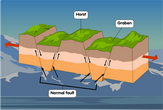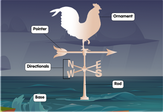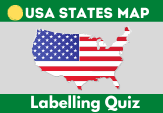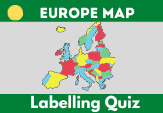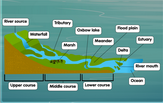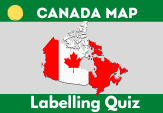Food chain diagram
Energy is constantly flowing across an ecosystem through several stages. The food chain is an easy way to illustrate how each stage gives and receives energy as part of a linear process. Together, several food chains can also form a more complex food web.
The food chain conventionally starts with producers or autotrophs, like plants. These organisms use energy from the Sun to form their own food through photosynthetic reactions.
Consumers or heterotrophs eat other organisms for energy. Primary consumers – such as cows, sheep and other herbivores – eat plants, and are in turn eaten by secondary consumers or carnivores. Secondary consumers are consumed by tertiary consumers, which are themselves devoured by quaternary consumers.
Humans are apex predators – the consumers at the top of the food chain.
The food chain continues even as an organism dies. Decomposers, such as invertebrates and fungi, feed on dead plants and animals and return the energy to the soil. Plants can then absorb these nutrients to grow and repeat the cycle once more.
If the amount of energy from one stage isn’t enough to meet the demands of the next, it can disrupt and harm the entire ecosystem.
Feel free to examine our food chain diagram for a detailed illustration of the transfer of energy across a community of organisms.

